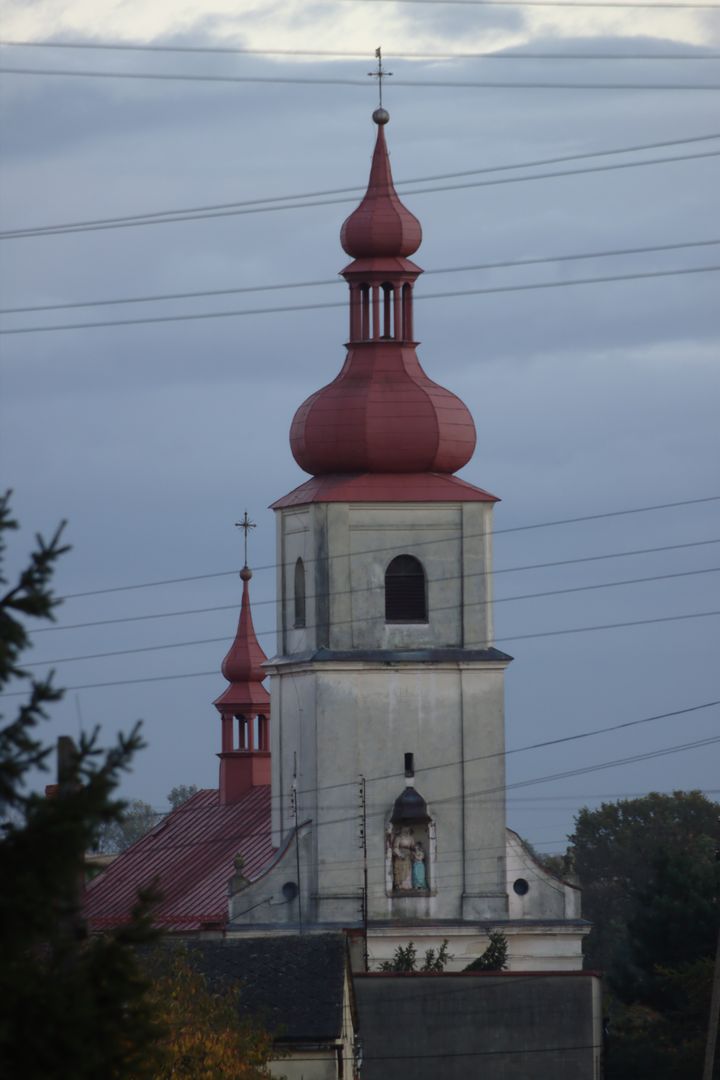Gamów
6.03

Overview
Gamów, a village in Poland located in the Silesian Voivodeship, Racibórz County, is characterized by its rich cultural heritage and significant history. The first mentions of the settlement date back to the early 13th century, and in 1223, the Bishop of Wrocław consecrated the church to which Gamów was subordinate. The main landmark of the village is the Church of St. Anne, built in 1728, which before 1871 was part of the Grzędzin parish. From an architectural perspective, the church features modest Baroque characteristics. Surrounding the church are stone crosses and chapels, including a chapel with a sculpture of St. John of Nepomuk from the first half of the 19th century. Gamów also boasts valuable historic Franconian-style farmsteads and a brick mill. Historically, in the 18th and 19th centuries, the village was predominantly populated by Poles, and during the interwar period, Polish organizations operated here, supporting the local community. In 1938, archaeological excavations were conducted, revealing traces of a settlement from the 12th/13th century. An interesting fact is that the first Racibórz strudels are documented here, linked to an attack on the peasants of Gamów that took place in 1660. Although the village was under German influence, after World War II, its original name, Gamów, was restored. Today, it is a place that combines rich traditions, history, and interesting monuments, including archaeological sites.
Location
2025 Wizytor | All Rights Reserved